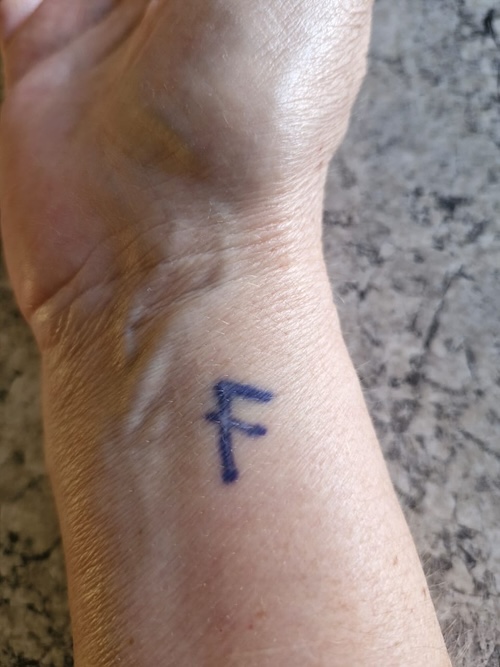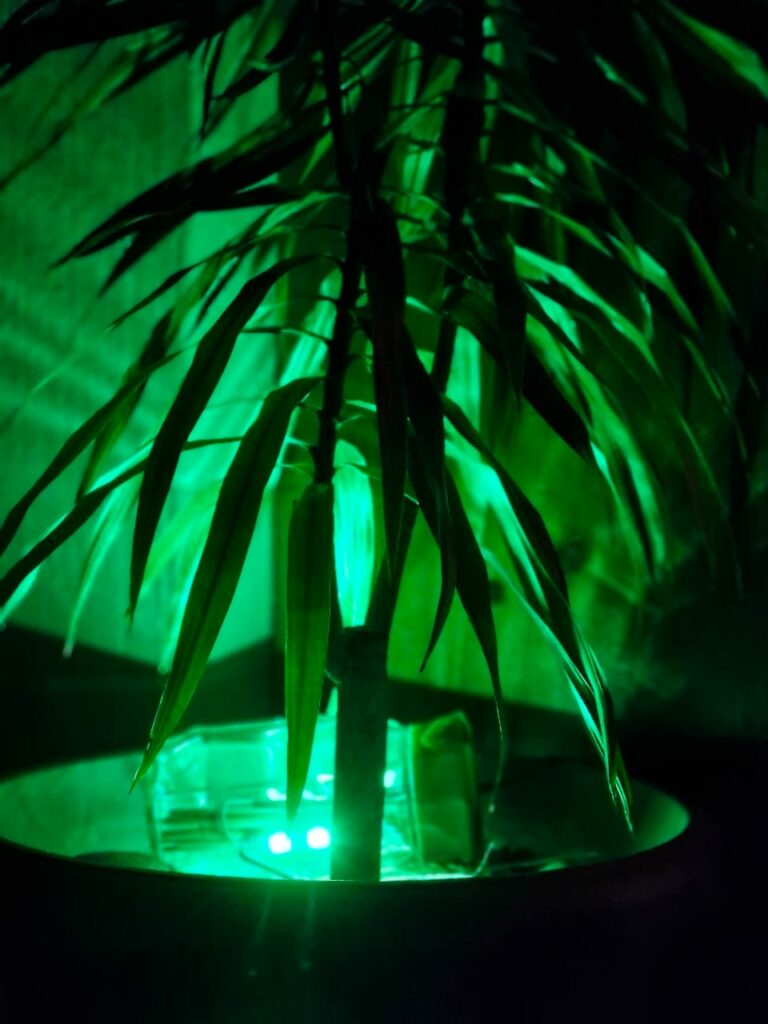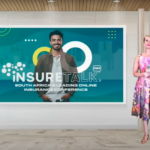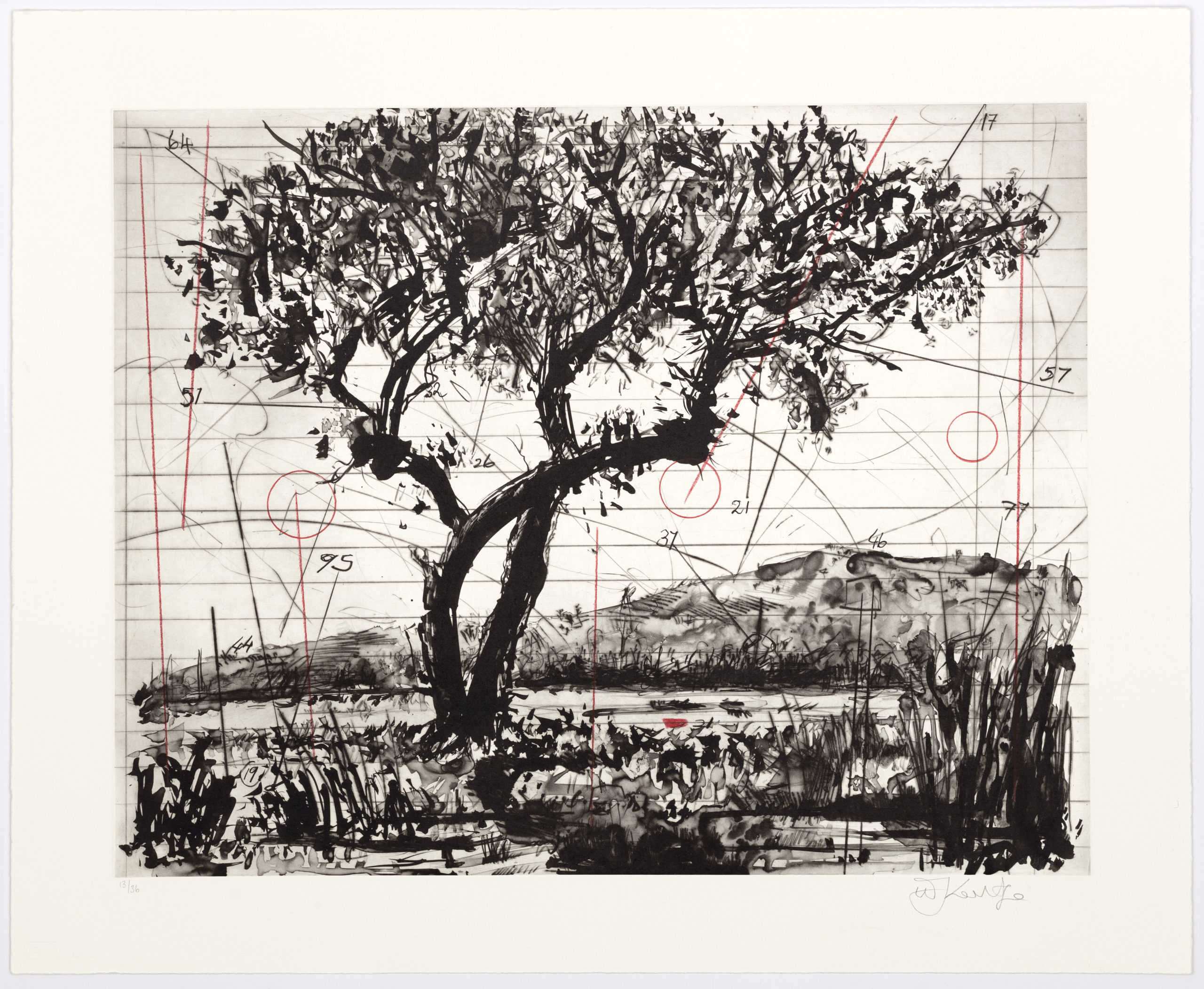
The Ink Link: iShaja providing power to the people
The Ink Link is an ongoing project at CN&CO that showcases the diversity of tattoos. One of the great things about a tattoo is that it goes against the commonly-held viewpoint that “what you see is what you get”. There’s a misguided belief in certain quarters that only “some” people get a tattoo. We are putting paid to that perception through the stories showcased in the Ink Link. If you or anyone you know would like to be featured, please get in contact with us.
This instalment of The Ink Link is by Colin Ford.
During an extended blackout in 2023, Joburg resident Anne Swart was out of options. All her devices and power banks were depleted, and she had no way of charging them. Until her neighbour popped in with a portable solar panel which, he said, would help.
“But how?” she asked.
He tried to explain, but Anne (who had bunked science and maths classes at school), had no idea what he was saying!
“Anne,” he said, “if you can read, you can learn.”
So Anne started reading. And learning. And questioning. Eventually, she had enough knowledge to start a small business that imports all the bits and pieces needed for small-scale, portable solar power set-ups. That business is called iShaja and it’s making huge waves in the alternative power supply space.

She also has an interesting tattoo… which is where we started when we spoke to her in a recent Q&A:
Tell us a bit about your tattoo.
I have a tattoo on my right wrist that resembles an ‘FU’ sign, but it’s actually a bind rune of my name and means ‘the one who needs to know’ or ‘the one who asks questions.’ My daughter, who has several tattoos, dared me to get it done.
I’ve been told I need to get the next tattoo, as if the first was just testing the waters, but it feels like a part of me. I wouldn’t say I am addicted, though. Maybe it’s an age thing. I worry about how they’ll look when I’m older!
What is your professional background?
My first job was in international freight forwarding. I started when I was 16. The industry has changed a lot since then. Urgency was palpable back then; ships and airplanes didn’t wait, and as agents we had more direct interaction with truckers and shipping lines. It’s different now, with everything automated.
That early exposure to commerce and working with mentors shaped me. I learned that it’s not about selling rates; it’s about providing a service, being an extension of the client’s business.
When I started my own freight forwarding business, I gained insights into sourcing suppliers and maintaining quality standards. I’ve seen too many examples of imported products not meeting expectations.
How did you become interested in alternative energy sources?
My interest in alternative energy sources stemmed from power outages. A neighbour introduced me to solar power, sparking my curiosity. Despite my initial fear of electricity, I delved into understanding it, starting from scratch.
I found it fascinating that all our appliances run on direct current. Electricity is produced in direct current but is converted to alternating current for transmission and then back to direct current by the built-in circuits in our appliances. A significant amount of electricity is wasted in the conversion process between alternating and direct current. Even when not in use, inverters consume power due to monitoring systems. And device cables have built-in step-down converters, which contributes to a further loss of power.
It’s incredibly convoluted. In my reading I often need visual aids to understand complex concepts. But I do understand that economically, transporting energy in direct current would be too costly and dangerous to step up to the required amperage and voltage.
What is the most important problem that alternative energy sources can solve?
Connectivity is crucial for everyday tasks, especially for those running businesses from home. We all know about disadvantaged areas, but until we experience extended outages ourselves, it is difficult to comprehend the challenges disadvantaged people face. That’s why I’m focused on affordable solar solutions, especially for rural areas where keeping in touch with loved ones is a necessity.
I recall the days of Edge, before the rollout of 3G and 4G networks. We were paying for services rolled out in the rest of Africa, but which we didn’t have yet! However, with the advent of fibre, things are changing. Notably, there’s been a massive shift in the way telecommunication companies approach underserved areas, thanks to initiatives led by figures like Alan Knott-Craig, who formed Fibertime and demonstrated that providing fibre in township areas can be profitable and uplift communities.
We have a responsibility to address inequalities inherited from the past. South Africa’s challenges go beyond technological limitations; they touch on deep-seated social and economic issues.
My current focus lies in bridging the gap by making affordable solar solutions accessible, particularly to students and underserved communities. For instance, I’ve been working on developing power banks and solar panels that offer reliable charging solutions, especially during times of load shedding or power outages.
These solutions are not just about providing power; they also address the psychological impact of feeling isolated and powerless during blackouts, especially in urban areas.
What are some of these solutions?
Batteries are often seen as an everlasting solution, but they have a lifespan. Lead-acid batteries, for example, need replacement after a certain number of cycles. Lithium batteries offer a longer lifespan but are much pricier.
Despite the importance of batteries in areas with frequent power outages, many households in South Africa can’t afford them, leading to a search for affordable solutions.
So, the small power banks we use to charge our phones last on average two years, whereas quality solar panels have a 10-year lifespan. Although solar power has been available for a long time, it has only recently gained traction. Understanding its erratic power output and the need for stabilisation devices has been eye-opening.

I’ve noticed a surge in small-scale solar solutions available in South Africa. Even on my website, I showcase an entry-level 12-volt panel with various connectors, highlighting the options available to consumers.
However, there’s a concerning lack of customer education in this sector. I’ve heard stories of people’s phones getting damaged because the solar panels they bought weren’t properly regulated for 5V USB output.
Companies often disclaim any responsibility, citing the unpredictable nature of consumer usage. I’m trying to bridge this gap by sharing my knowledge through blogging. While I’m not an engineer, I offer insights based on my understanding. I aim to provide a starting point for those interested in learning more about solar power. All the solutions I offer come with regulated USB ports for safe charging. Personally, I use them with flagship phones, confident in their safety features.
As for charging methods, it’s essential to understand that solar panels don’t store energy. They convert sunlight into usable energy but can’t store it themselves.
When I first started discussing solar panels with people, they often asked me, ‘How long will it take to charge my phone?’ It struck me as odd because nobody asks that question when buying a cable at a cell phone shop, right? So, how can I answer that question? It depends. Is your battery completely dead? Is the sun shining brightly, or is it cloudy? Are you trying to charge it at night?
What’s next for Anne and iShaja?
While I’m still learning the ropes of managing my website and navigating through the technical aspects of solar power, I’m committed to making a difference. I’ve experimented with various battery and solar panel configurations to find the most effective and affordable options for my customers.
I’ve been tinkering with LED lights myself, creating mood lights using coffee jars and chopsticks. It’s a creative way to repurpose materials and brighten up spaces, especially during load shedding.


As for technicalities, understanding wiring and connectors was a learning curve for me. Hardware stores weren’t always helpful, and I often ended up with the wrong materials. That’s why I want to simplify the process for others by offering pre-assembled cables and connectors tailored to their needs.
I also think it’s important to share knowledge I gain and not gatekeep information.
My goal is to make solar power more accessible, especially to young professionals living in flats or townhouses who may not have the tools, know-how or cash reserves to set up full installations. By providing ready-to-use solutions, I hope to empower individuals to embrace sustainable energy alternatives without the hassle of DIY projects.
Let’s circle back to your tattoo and how it relates to what you do…
My tattoo represents curiosity and exploration, which aligns with my journey into solar power and sustainable living. Despite initial setbacks – like the ink-line bleeding – I’m considering a new tattoo to incorporate what I have into something meaningful and to refine the design to reflect my vision more accurately.
Read more about the rise of iShaja here. And check out what the company offers on its website: https://ishaja.co.za/.






